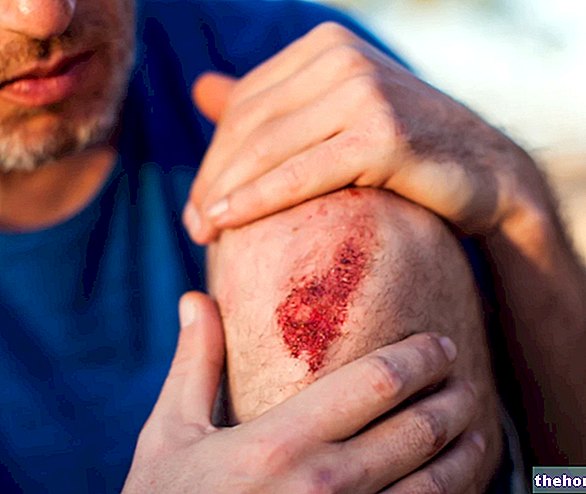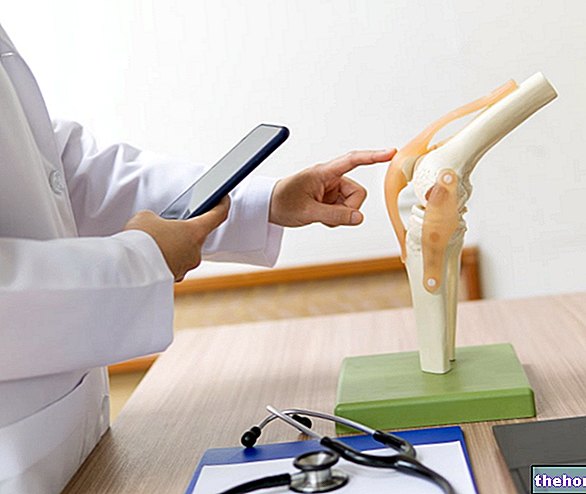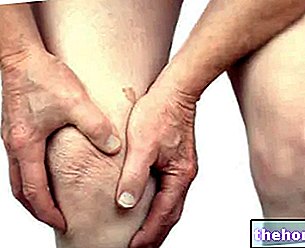
The published material is intended to allow quick access to general advice, suggestions and remedies that doctors and textbooks usually dispense for the treatment of petechiae; such indications must in no way substitute the opinion of the attending physician or other health specialists in the sector who are treating the patient.
What to do
- Contact your doctor in case of recurrent or abnormal petechiae
- Treat the underlying disease
- Perform ice packs directly on the petechiae, to speed up healing
What NOT to do
- Expose the area affected by petechiae to the sun
- Taking drugs intramuscularly: such behavior, in elderly patients or those predisposed to petechiae, could exacerbate the condition
What to eat
- Fruits and vegetables, because they are rich in antioxidants and vitamins
- Foods rich in vitamin K (e.g. green leafy vegetables: spinach, broccoli, cabbage), to be taken in case of vitamin K deficiency
- If necessary, supplement the diet with vitamin C (eg redoxon, Cebion, cimille): ascorbic acid strengthens the walls of blood vessels
- Integrate the diet with a supplementation of vitamin E (eg. Arovit, evion, ephynal, rigentex): tocopherol inhibits the increase in permeability of the capillary walls, induced by drugs or infections
- In case of antithrombotic therapy in progress, carefully follow the dietary precautions suggested by the doctor (see: diet and coumadin)
What NOT to Eat
- Saffron: Excessive consumption of saffron can promote bleeding induced by the reduction of platelet counts
- Garlic: due to the anticoagulant effect, excessive consumption of garlic can aggravate bruising due to alterations in coagulation
Natural Cures and Remedies
- Some simple natural remedies can favor the reabsorption of the microhematoma that characterizes the bruising, thus speeding up the healing times.
- Arnica-based ointments (Arnicamontana L) → † "anti-inflammatory action for topical use; anti-chymatous, antirheumatic, analgesic properties
- Creams / ointments / gels formulated with chamomile (Matricaria camomilla L.) → † "anti-inflammatory, soothing properties
- Horse chestnut ointments (Aesculus hippocastanum) → † "anti-inflammatory and anti-edema action
Pharmacological treatment
The specific treatment for petechiae depends on the underlying cause:
- Take vitamin C: in case of petechiae dependent on scurvy
- Reduce the production of cortisol by administering specific drugs (e.g. mitotane): for the treatment of petechiae related to Cushing's syndrome
- Follow a cortisone therapy: in case of petechiae dependent on thrombocytopenia. Dexamethasone (eg decadron, soldesam) and cortisone (eg cortone) are useful.
- Take high-dose immunoglobulins to treat petechiae related to autoimmune thrombocytopenia. The drug reduces the destruction of platelets
- Follow chemotherapy if petechiae depend on cancer (leukemia)
Prevention
- Check the coagulation capacity of the blood (especially in the case of antithrombotic therapy): even a possible defect in blood coagulation can favor the formation of petechiae
Medical treatments
- Generally, petechiae express rather mild conditions, therefore they tend to self-resolve in a few days. When bruises form real ecchymotic masks, it is possible to intervene by:
- Compression / elastic bandage: limits swelling of the tissue
- Surgical evacuation treatment: generally indicated for severe forms, in which bruises are associated with deep hematomas




























